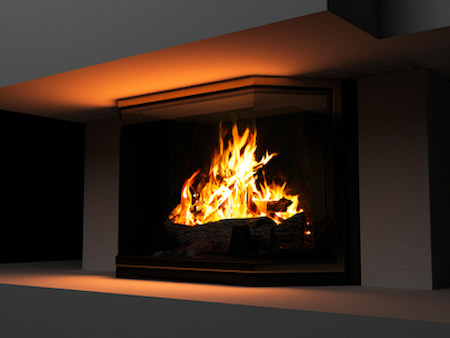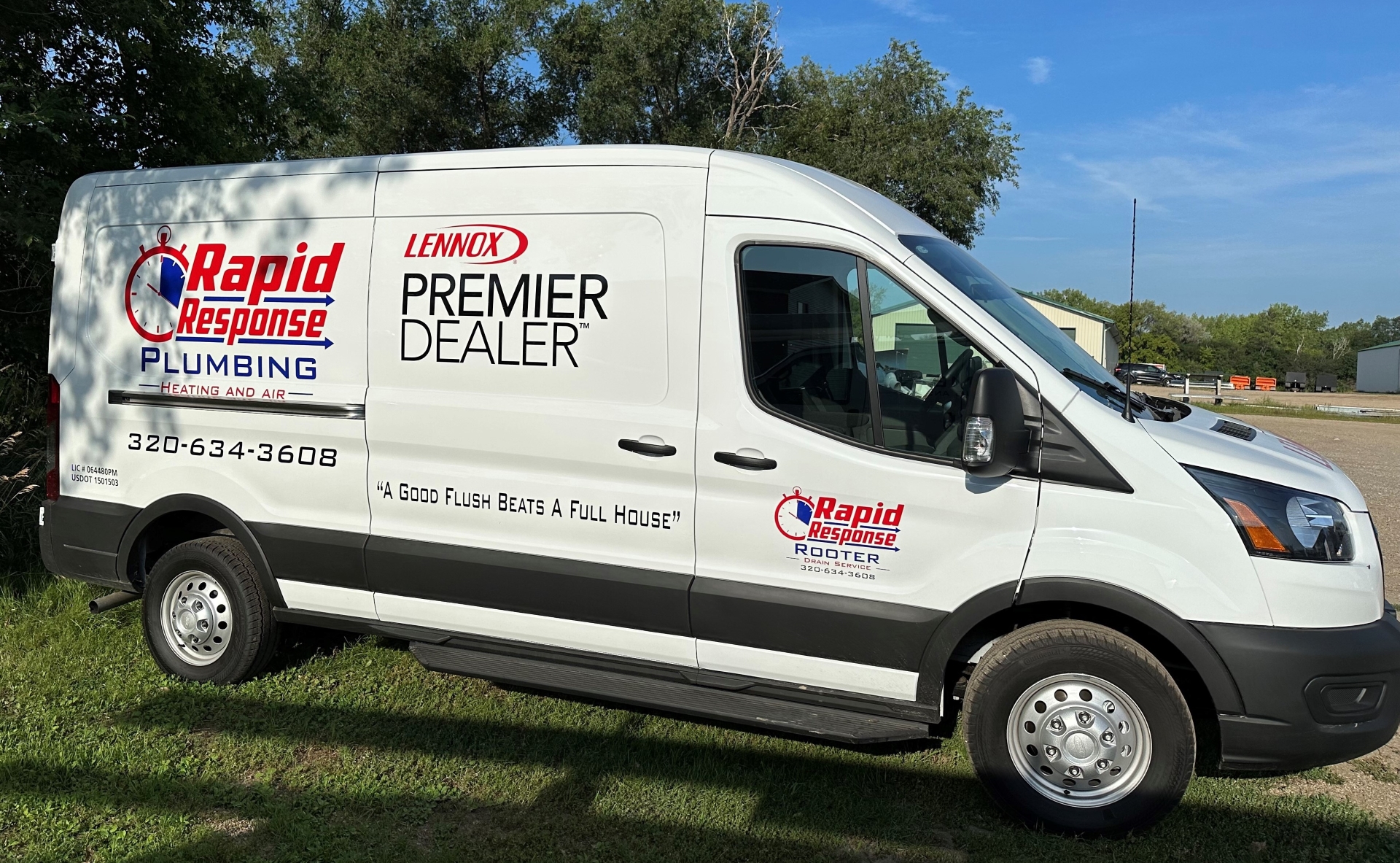Basics of Glenwood Heating Repairs

Every Glenwood home owner should know the fundamental concepts on how the heating system facilities operate in the home setting. This will also help the contractors in performing heating repairs in a more efficient manner. Some of the aspects that you will need to know are (1) the type of fuel that the heating system can burn; (2) the type of heating system that you are using; (3) how to shut down the heating system; and (4) the location of the heating system. These things are important because every household has a unique structure. Therefore, a single type of heating system may work differently for each household. Conversely, various Glenwood heating systems can have different rates of heating for a single household.
Aside from this, it is equally important for you to determine how long the heating unit has been used. The “current age” of the heating unit can give you a clue on the level of efficiency and amount of heating that it can provide the entire household. Knowing how the heating unit should be operated and how you take care of it will help the Glenwood contractors determine if the heating repairs that should be done are extensive. In line with this, you should know how to perform a routine assessment of your heating system. This will help the contractors easily determine the source of the problem. Also, it will be helpful for you to know the costs of its operation and repair. These will help you determine if a replacement is recommended instead of a repair.
There are various procedures that should be done in dealing with heating units. For the forced heating units, you should consider the fact that all types have a blower motor or a pump in the furnace or boiler. As for the hydronic heating units, they are usually operated with the use of oil fired or gas fired burners. In some instances, some contractors would use electric resistance coils of the immersion type. This will allow the hot water to raise the level of pressure from the unit within a shorter span of time. In turn, this will allow the heat to be distributed more evenly. Eventually, the heat will dissipate so it gets to every part of the unit then to the room. Examples of these units are convectors, radiators, runtal radiators, and baseboards.
For the hot air heating units, you will have to consider the furnace itself for your heating repairs. Usually, the furnace will have to pull the air to the heat exchanger. At the same time, this will also let the cold air return. An additional duct may be needed to enhance the efficiency of the heating capability of this heating unit. Aside from that, you will also have to consider the use of heat registers. This will aid in directing the heat from the unit to the various rooms that need heating. You may ask your Glenwood contractor to optimize this by providing a shutting and opening mechanism to increase the level of heat distributed among the rooms of the house. Re-sizing the cold return of the heating unit can also aid in maintaining the integrity not only of the entire heating unit but also of the heat exchanger. This can also help you reduce the amount of electricity, gas, or oil that is wasted every time you use the heating units.

Request Service Today!
